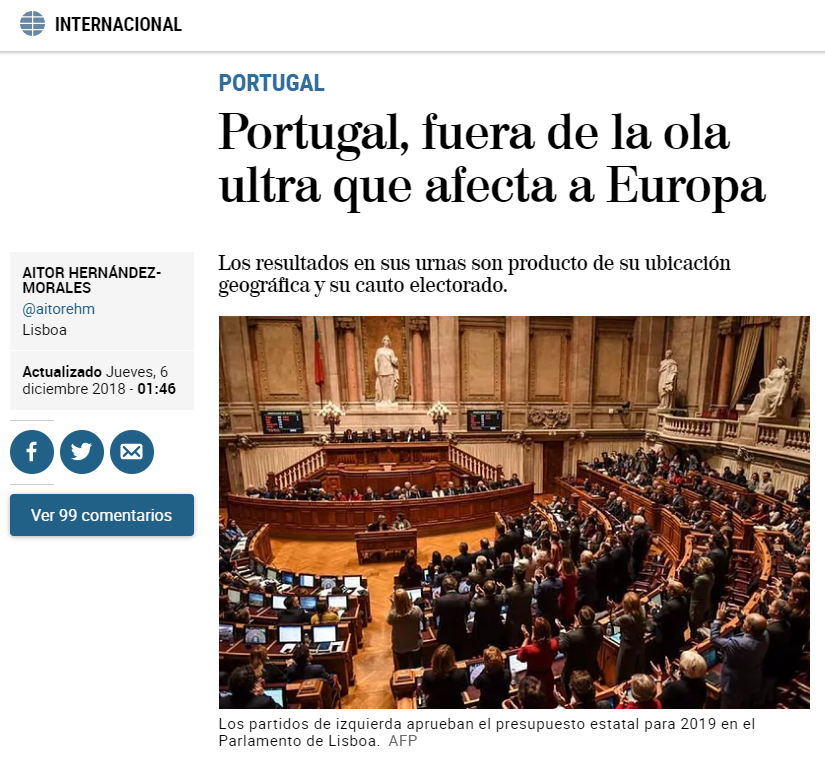
Fascinating story from @l_guillot: Residents of the French village of Denting are split over plans to build a wind farm on the site of a former Nazi prisoner-of-war camp where thousands of human remains may still be buried. politico.eu/article/french…
The Ban Saint-Jean Camp is spread over 100 hectares in France's Moselle Department and was originally built to house those working on the Maginot Line. After the fall of France, and leading up to 1944, it operated as a satellite of the Stalag XII prison camp. 

According to French army archives, up to 300,000 Soviet prisoners of war passed through the camp during that period; they were kept in appalling conditions, with little food and no medical attention. Successive breakouts of disease led to an estimated 20,000 prisoner deaths. 

While numerous mass graves were excavated in the 1970s and 80s, and several thousand cadavers reburied in a nearby cemetery, local historians says that many others still rest within the camp's borders, and warn that the construction of the wind farm could disturb the remains. 

While the descendants of those who died in the camp are firmly against the project, the Denting's authorities are backing the scheme, arguing that the vacant fields should be used for the turbines so as to conserve more valuable lots nearer to the town. 

“I think we have to turn the page, keep a plot of land to remember, but we’re not going to mortgage our real estate for a site that dates from the last war,” said Deputy Mayor Christian Belvetti, summing up what is perhaps a generational shift in French sensibilities toward WII. 

• • •
Missing some Tweet in this thread? You can try to
force a refresh
















